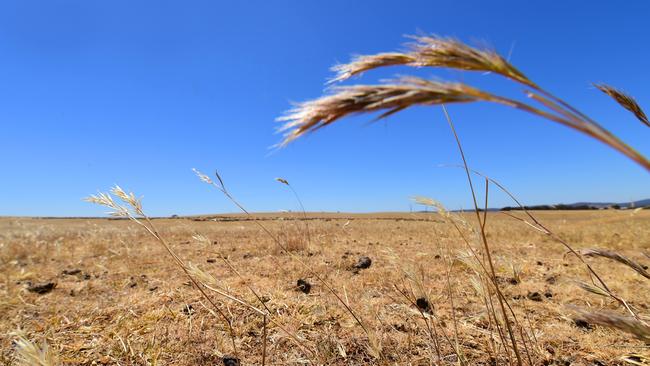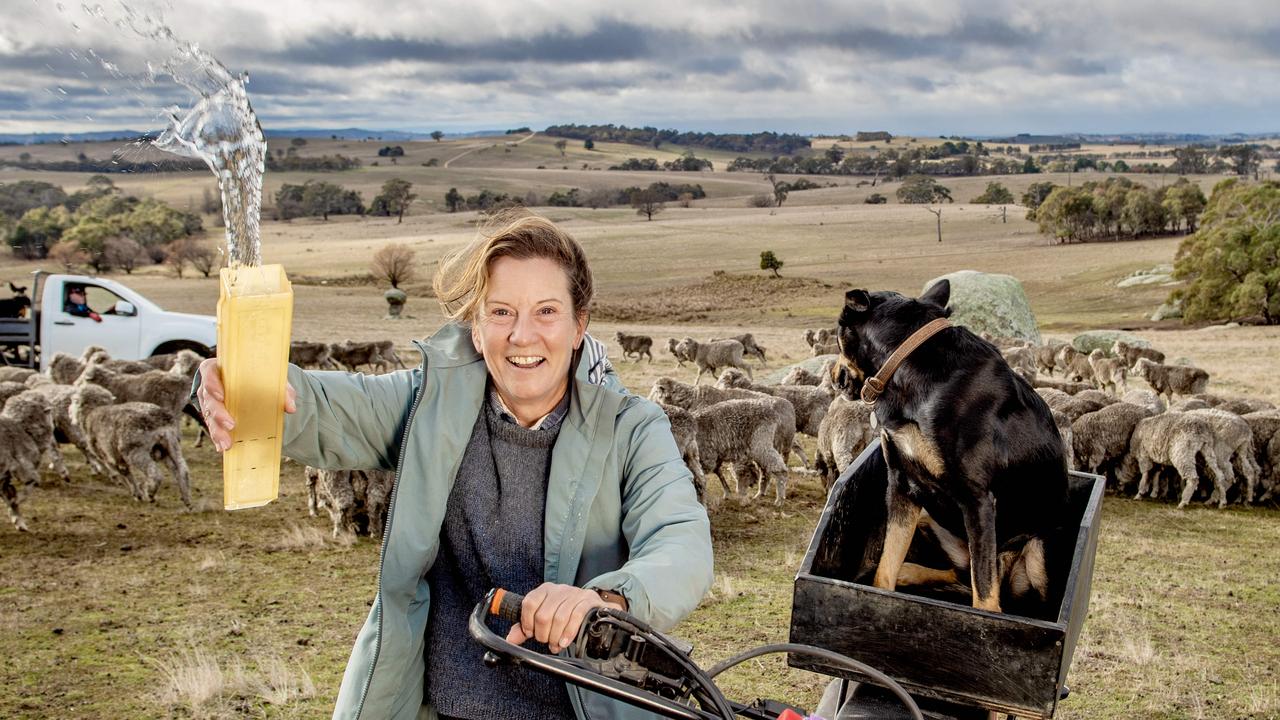Less rain, more heat extremes forecast in BOM climate report
Aussie farmers will need to adapt to less winter rainfall, more extreme heatwaves and more time in drought as the climate continues to change.
Sowing times could shift and growing regions forced to plant new varieties, as Australia faces more extreme heatwaves, longer fire seasons and more intense heavy rainfalls, experts say.
Farmers will need to further innovate their practices as Australia’s weather systems change, according to the Bureau of Meteorology and CSIRO’s eighth State of the Climate report.
CSIRO research manager Jaci Brown said technology will be needed for the ag industry to adapt.
“The question is whether our technology can keep up,” Dr Brown said.
The report – which is produced every two years – shows April-October rainfall in southwest Australia has declined 16 per cent since 1970, and decreased 20 per cent for May-July.
Southeast Australia has experienced a drop of about 9 per cent between April and October over the past 30 years.
Heavy short-term rainfalls were becoming more intense, while streamflow at most gauges has decreased since 1970.
The report said Australia’s climate had warmed by an average of 1.51 degrees since national records began in 1910, with the warming leading to an increase in the frequency of extreme heat events over land and in the ocean.
More heat extremes and fewer cold extremes are expected into the future as well as a continued decrease, on average, in cool season rainfall across many regions of southern and eastern Australia, which will likely lead to more time in drought.
Dr Brown said Australian farmers were innovative, and technology was needed to adapt to the changing environment.
“(For example) Dairy cows struggle in heat, particularly in overnight heat, so can we put adaptations in place to keep them in cool to maintain the quantity and quality of the milk?” she said.
Other noted changes included winemakers exploring different regions for new grape varieties, and the potential for sowing times to move due to changing weather systems.
Dr Brown said crops needed steady rainfall, which has been absent with drying conditions in Australia’s southeast and southwest.

She said experts were concerned about the permanent effects of a changing climate, and there was a need to ensure food security.
BOM climate services manager Karl Braganza said a drier winter and spring typically meant significant bushfire activity, but most of Australia was in “much better shape” than previous years.
“southern Australia in particular and parts of the east is one of the most fire-prone regions in the world,” he said.
“Extreme heat events, bushfires and large changes in our ecosystems associated with the frequency of those extreme events are things that we will see play out in ways we haven’t seen before.”
Dr Brown said there had been a high number of deaths annually in heatwaves, particularly in remote and elderly communities.
“These are long heatwaves, our bodies don’t cool down overnight because they aren’t used to that, and we don’t have the infrastructure in place,” she said.
“It’s such a wicked problem.”
Minister for Climate Change and Energy Chris Bowen said the government had a credible plan to act and “reap” the economic opportunities of a clean energy transformation.
“The latest State of the Climate Report reiterates the urgent need to act on climate,” he said.




